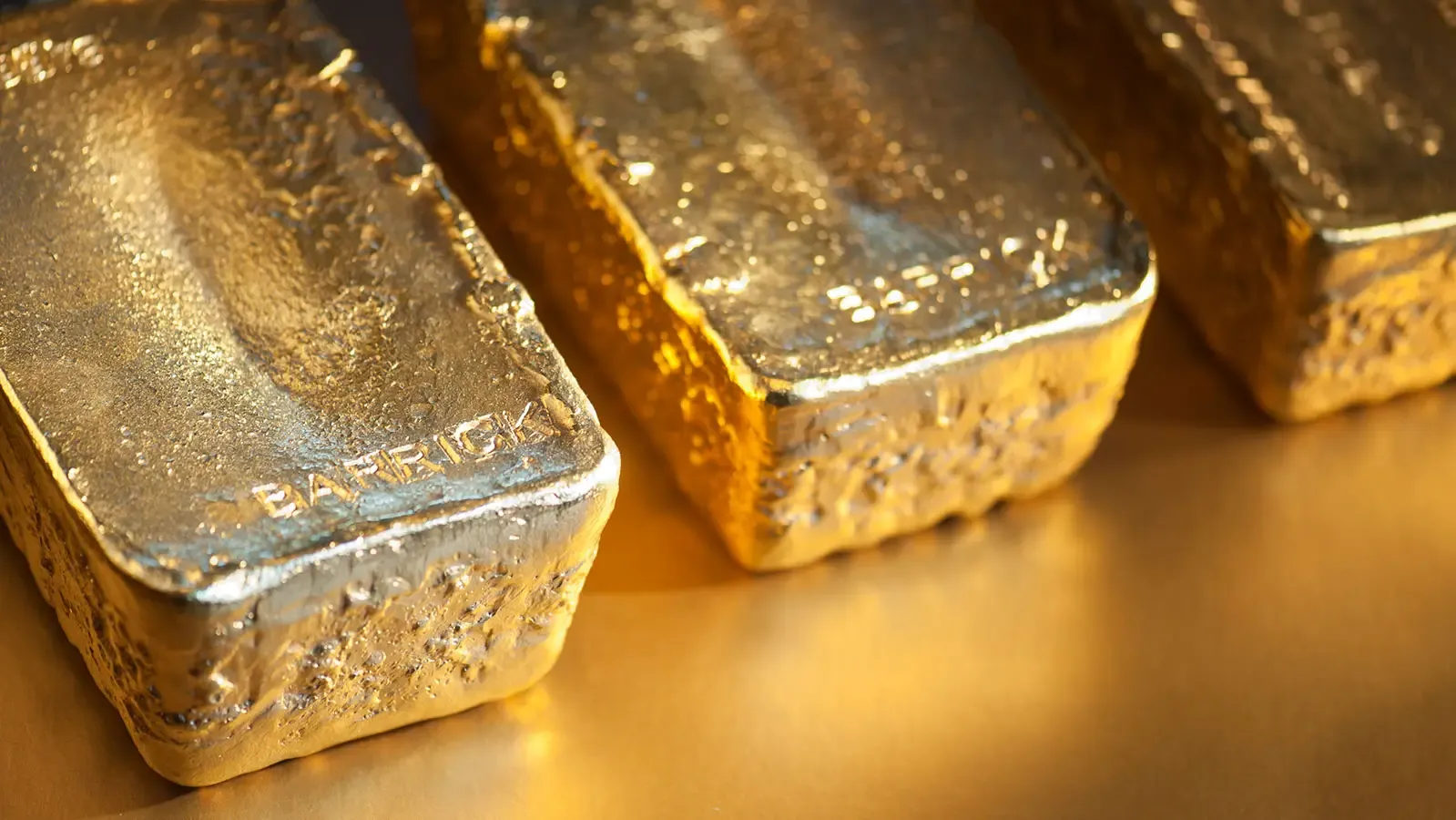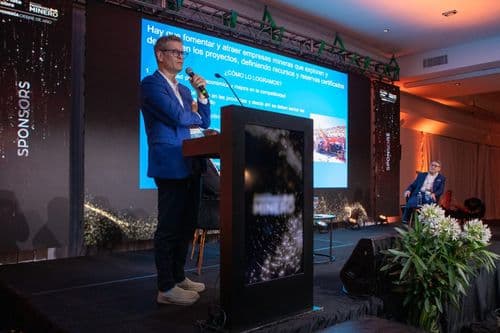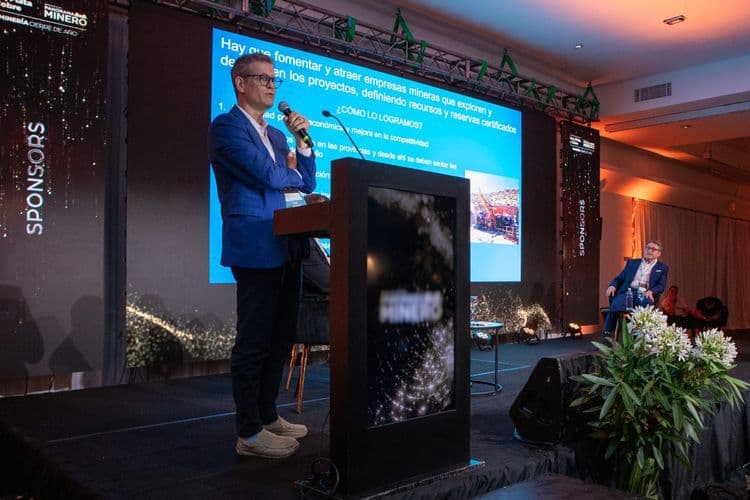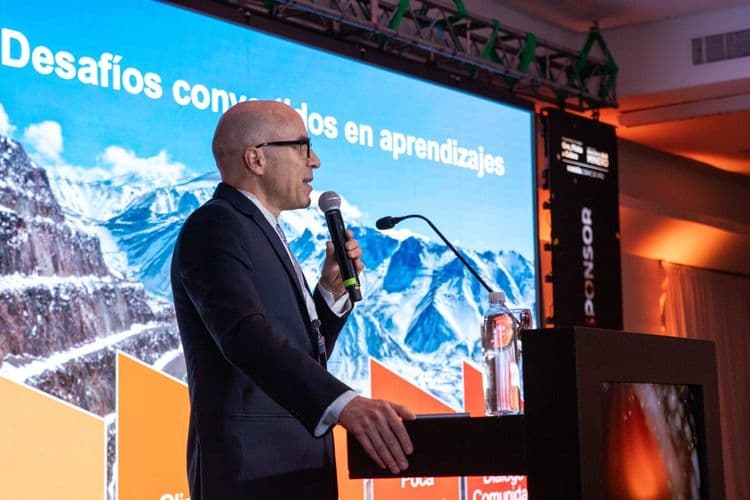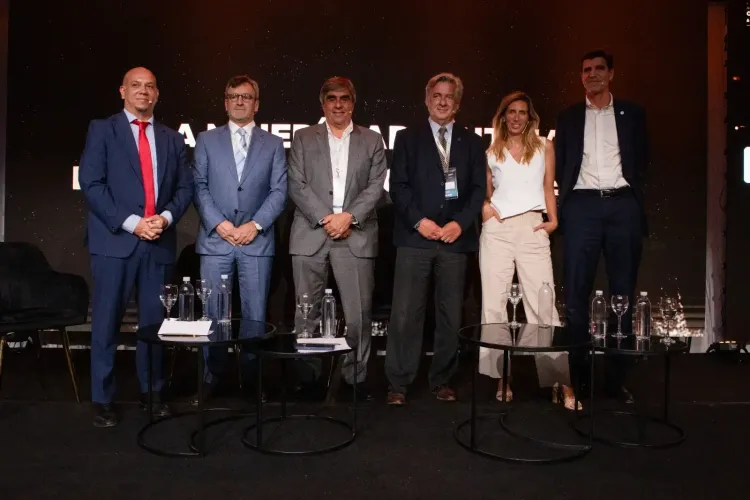Argentina’s mining exports reached an all-time high in the first nine months of the year. Gold maintained its dominance, lithium continued its upward trend, and copper is emerging as the country’s next major bet. However, structural challenges remain unresolved.
By Panorama Minero
Between January and September 2025, Argentina’s mining industry recorded US$ 4.213 billion in exports, a 32.9% year-on-year increase, according to data from the national Secretariat of Mining. The performance was driven by high international prices for gold and lithium, alongside sustained demand for strategic minerals.
Gold remained the sector’s primary export, totaling US$ 2.911 billion, or 69% of the total. Lithium followed with US$ 594 million, up 38.4% year-on-year, while silver contributed US$ 510 million, or 12% of total shipments. Official data indicates that this 2025 figure is already 52% higher than the average for the January–September period between 2010 and 2024.
September’s data confirmed the trend: mining exports totaled US$ 557 million, a 34.3% increase versus the same month in 2024. Metal-bearing minerals represented 81% of the total, led by gold (US$ 373 million) and silver (US$ 67 million). Gold alone posted a 48.9% year-on-year increase, due to both higher export volumes and soaring international prices — now above US$ 4,000 per ounce, according to private estimates.
Lithium Expands, Silver Remains Stable
Lithium continued to climb. September exports totaled US$ 89 million, the highest September on record, accounting for 16% of mining exports that month. The rise was driven by a 70% increase in volume, consolidating lithium as the second most important mining export by value. For the year to date, lithium export volumes rose 60.5%, in a context of stable but moderate pricing.
Silver exports totaled US$ 510 million in the first nine months of the year, a 14.9% year-on-year increase. However, September saw a 24.2% decline versus 2024, explained by falling volumes.
Copper: The Long-Term Bet
Copper is seen as the most promising avenue for diversifying Argentina’s mining portfolio. Six large-scale projects — including Los Azules, Josemaría, Taca Taca, and El Pachón — are in advanced development stages, with investment plans exceeding US$ 2.5 billion in some cases. Los Azules, now part of the Incentive Regime for Large Investments (RIGI), plans to invest more than US$ 2.6 billion and could become a key source of high-grade copper.
Still, copper production is years away. No major project is expected to begin operations before 2028, and structural issues persist: inadequate infrastructure, high tax burdens, regulatory uncertainty, and environmental concerns — such as the Glaciers Law — continue to raise red flags for investors.
Export Markets Remain Highly Concentrated
Four countries — Switzerland, the United States, China, and India — accounted for 81% of total mining exports through September 2025. Switzerland led the list with US$ 1.608 billion in purchases, followed by the U.S. (US$ 735 million) and China (US$ 663 million). For lithium, China alone represented 73% of exports, consolidating its role as Argentina’s primary customer.
Tax Revenue Grows, But So Does Pressure
Argentina’s mining boom is also translating into higher fiscal contributions. According to CAEM, the industry is expected to contribute around US$ 1.4 trillion to government coffers in 2025, with 62% going to the federal government and 38% to the provinces.
However, concerns about the tax burden remain. CAEM president Roberto Cacciola warned that the sector’s total tax pressure stands at 53%, among the highest in the world. Even under the RIGI — which would reduce the rate to 39% — Argentina remains above regional competitors such as Chile (38%), undermining the country’s appeal for new investment.
Argentina’s mining sector is expanding rapidly, but its long-term sustainability will depend on balancing export growth with production diversification and regulatory stability. Turning this record into a development platform will require more than high prices: increasing volume, securing long-term investment, and building clear, reliable rules will be essential to unlock the full potential of the country’s mineral resources.
